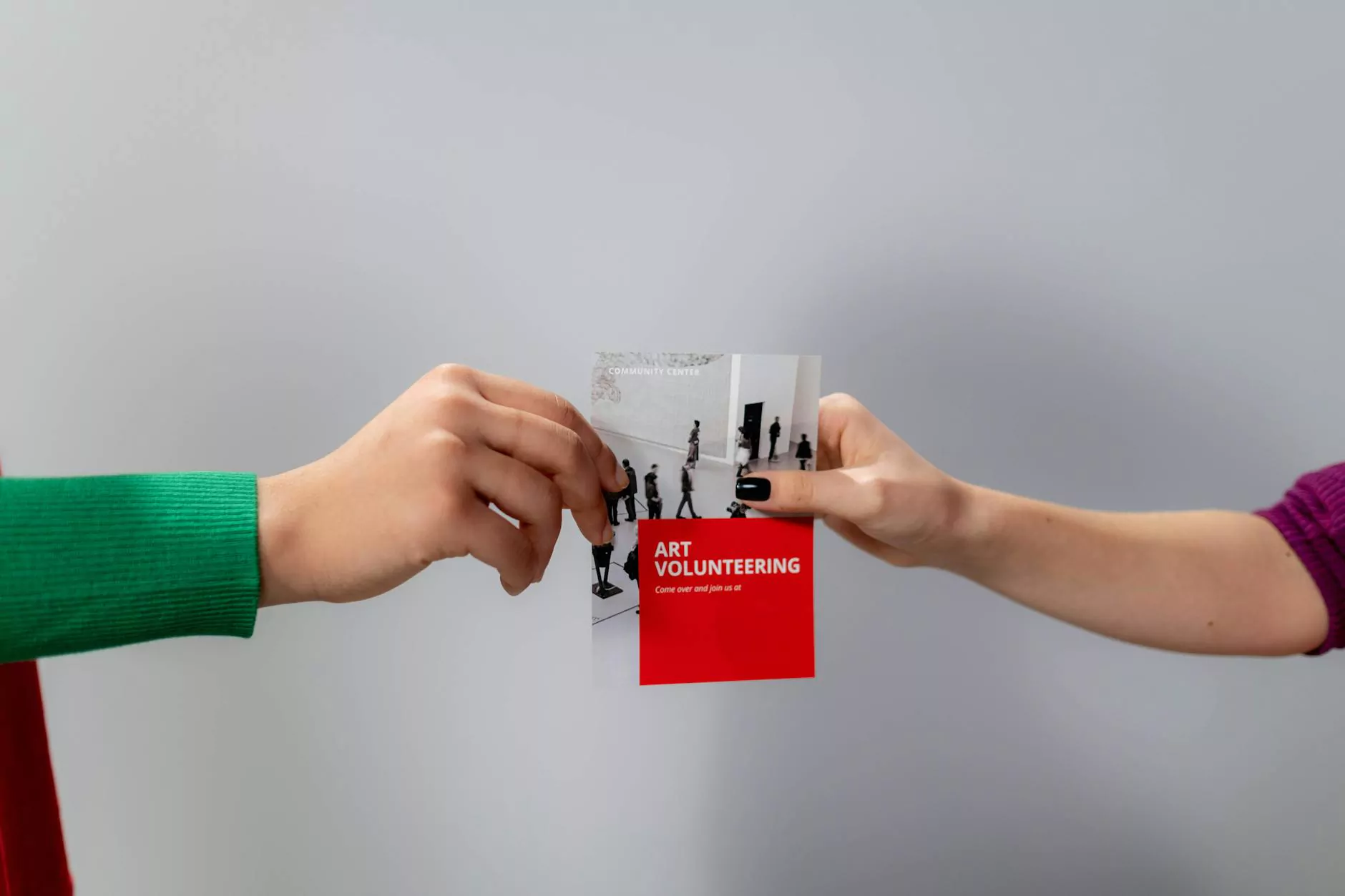Understanding the Signs and Symptoms of Blood Clots

Blood clots are a significant health concern, often emerging without clear warning. Our goal in this comprehensive article is to shed light on the signs and symptoms of blood clots, helping you recognize them in a timely manner, as well as understand their implications. With the appropriate knowledge, you can take proactive steps to safeguard your health and well-being.
The Basics of Blood Clots
Before delving into the specifics, it's crucial to understand what blood clots actually are. A blood clot is a mass formed by blood components that has thickened from a liquid to a gel-like state. This process, known as coagulation, is essential for healing, but sometimes, clots can form when they shouldn't. They can occur in veins or arteries and may lead to serious complications.
What Causes Blood Clots?
Various factors contribute to the formation of blood clots. These include:
- Injury: Damage to a blood vessel can trigger the clotting process.
- Immobilization: Long periods of inactivity, such as long flights or bed rest, increase clot risk.
- Certain medical conditions: Conditions like cancer, heart diseases, and genetic clotting disorders can heighten the risk.
- Hormonal factors: Birth control pills, hormone therapy, and pregnancy can also influence blood clotting.
- Obesity: Excess weight can contribute to increased pressure in the veins.
Recognizing the Signs and Symptoms of Blood Clots in the Legs
Deep Vein Thrombosis (DVT)
When a blood clot forms in a deep vein, typically in the legs, it's known as Deep Vein Thrombosis (DVT). Recognizing the signs and symptoms of blood clots in DVT is critical for timely treatment. Common symptoms include:
- Swelling: Sudden swelling in one leg is a common indicator of DVT.
- Pain or tenderness: There may be discomfort or pain in the affected leg, often starting in the calf.
- Red or discolored skin: The skin over the clot may appear red or change color.
- Warmth: The area around the clot might feel warmer than the surrounding skin.
Pulmonary Embolism (PE)
If a DVT is not treated, the clot can break loose and travel to the lungs, leading to a Pulmonary Embolism (PE). Recognizing PE is vital as it can be life-threatening. Symptoms of PE include:
- Shortness of breath: This may occur suddenly and can be severe.
- Chest pain: Pain that may mimic a heart attack, often worsening with deep breaths.
- Rapid heart rate: A noticeable increase in heart rate is common.
- Coughing: This may include coughing up blood.
Signs and Symptoms of Blood Clots in the Arms
Clots can also form in the veins of the arms, although less frequently than in the legs. Signs and symptoms include:
- Swelling in one arm: Similar to DVT in legs, sudden swelling in an arm indicates a potential clot.
- Pain or tenderness: A feeling of tightness or pain that may feel like cramping.
- Color changes: The skin may appear pale or bluish.
- Warmth: Increased warmth in the affected area can also be a sign.
Understanding Risk Factors for Blood Clots
While anyone can develop blood clots, specific risk factors can increase the likelihood. These include:
- Age: Risk increases as one ages, particularly after 60.
- Family history: A personal or family history of blood clots heightens risk.
- Recent surgery: Especially orthopedic procedures can lead to a higher risk of clots.
- Cancer treatments: Some cancer therapies can increase clotting risk.
- Chronic conditions: Conditions such as diabetes, heart disease, or autoimmune disorders play a role.
Prevention is Key
Understanding the signs and symptoms of blood clots is essential, but prevention is just as important. Here are several strategies to minimize your risk:
- Stay active: Regular physical activity can improve circulation.
- Wear compression stockings: These can help prevent clots by improving blood flow.
- Stay hydrated: Proper hydration helps maintain optimal blood viscosity.
- Avoid sitting for long periods: Take breaks during long travel or extended work sessions.
- Follow your doctor's advice: If you have risk factors, speak with a healthcare provider for tailored recommendations.
When to Seek Medical Help
Prompt medical attention is vital if you suspect you or someone else may be experiencing symptoms of a blood clot. If any of the following situations occur, do not hesitate to seek help:
- Sudden symptoms: If you experience sudden swelling or pain in your leg.
- Chest pain: If you have chest pain coupled with difficulty breathing.
- Neurological symptoms: If there are signs of a stroke, such as sudden numbness or confusion.
Conclusion
Being aware of the signs and symptoms of blood clots is essential for early intervention and treatment. While clots can occur anywhere in the body, knowing how to recognize them can save lives. Regular check-ups with medical professionals, lifestyle modifications, and immediate medical care when symptoms arise can greatly reduce risks associated with blood clots.
If you have concerns or questions about blood clots or your vascular health, contact Truffles Vein Specialists today. Our experts are dedicated to providing you with the best vascular care and support.



